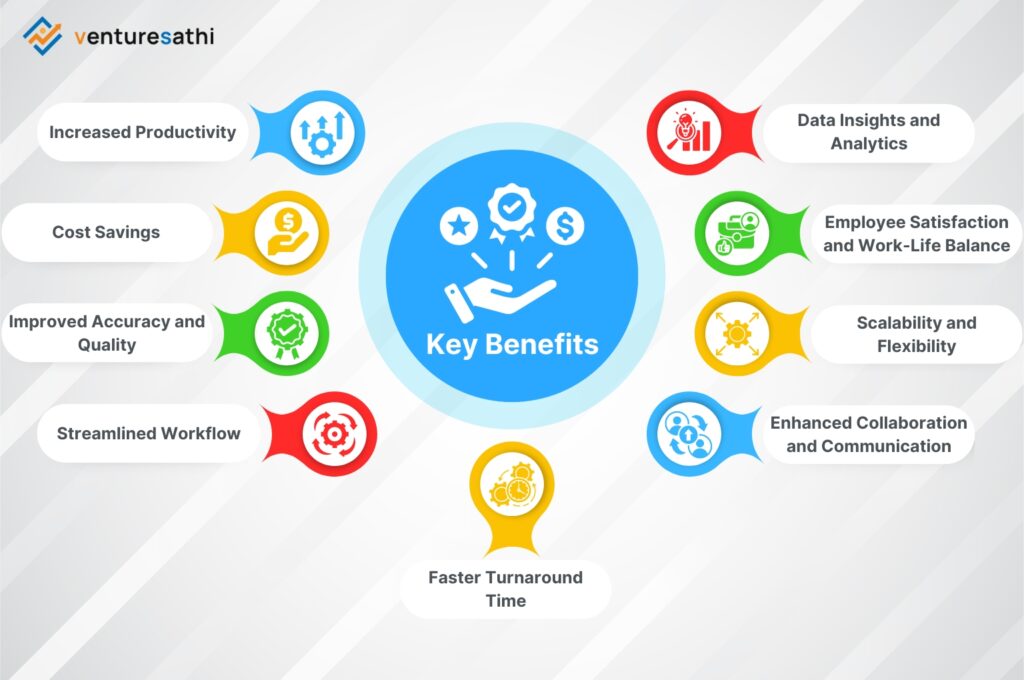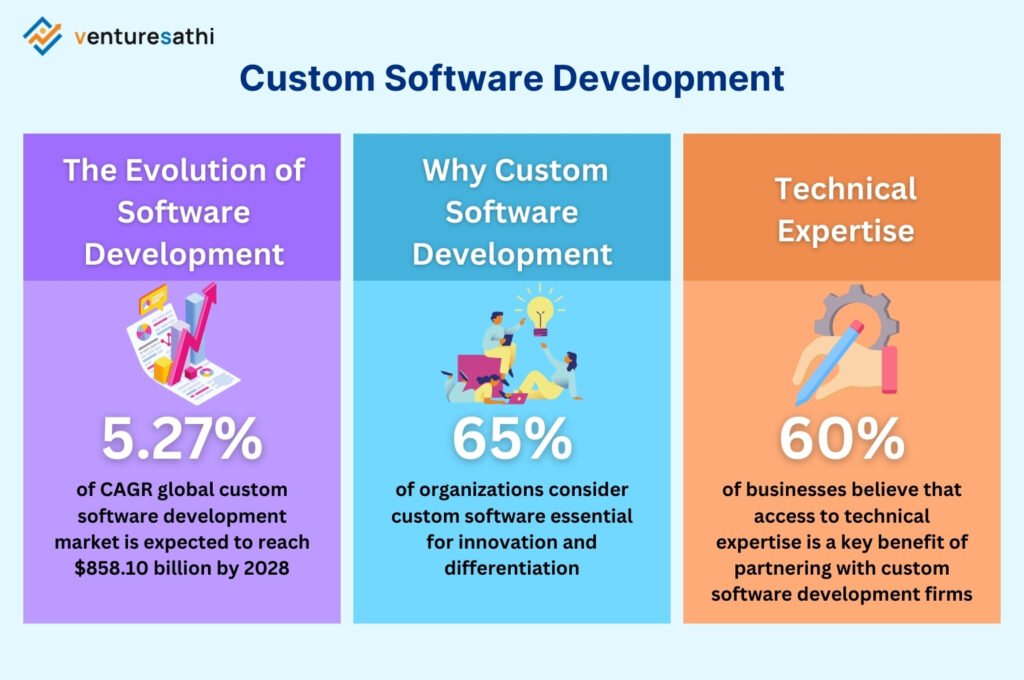The real estate industry is experiencing a significant transformation driven by technological innovations, with one standout advancement being the concept of digital twins. Digital twins—virtual replicas of physical assets—are changing the landscape of property management by enabling effective monitoring of building conditions, predictive maintenance, and enhanced tenant satisfaction. As data-driven decision-making becomes increasingly important, digital twins are emerging as a pivotal tool for managing, maintaining, and optimizing real estate assets.
In this blog, we will explore the concept of digital twins in detail, their applications in property management, and their potential to revolutionize the industry.
Understanding Digital Twins: What Are They?

A digital twin is a virtual model of a physical object or system, created by integrating various data sources, sensors, and analytical tools. In real estate, a digital twin can represent everything from an entire building to individual rooms or even specific components like HVAC systems and elevators. This digital counterpart mirrors the physical asset in real-time, continually gathering and analyzing data to monitor performance, identify issues, and foresee potential problems.
Originally developed in the manufacturing sector to simulate production lines and optimize workflows, digital twins have gained traction in the real estate industry. This technology offers significant advantages in property management, including cost reduction and improved tenant experiences.
Key Components of a Digital Twin in Real Estate

- Sensors and IoT Devices: At the heart of a digital twin are the sensors and IoT devices strategically placed throughout the building. These technologies gather real-time data on crucial factors like temperature, humidity, occupancy, energy use, and equipment performance. The IoT devices facilitate seamless communication between these sensors and the digital twin platform, ensuring that data flows effortlessly for optimal analysis.
- Data Analytics and AI: The data captured by the sensors undergoes sophisticated processing and analysis through advanced algorithms and artificial intelligence (AI). This powerful combination provides property managers with valuable insights that enable them to make informed decisions regarding building maintenance, energy efficiency, and tenant comfort.
- 3D Modelling and Simulation: A digital twin features a dynamic 3D model of the property it represents, allowing property managers and stakeholders to visualize performance and interact with the digital twin engagingly and intuitively. This interactive experience makes it easier to identify areas for improvement and optimize building operations.
- Cloud Computing: To handle the immense volume of data generated by digital twins, cloud-based platforms come into play. These platforms provide the scalability needed for growing data demands, ensure easy access to information, and allow seamless integration with existing property management systems, making management more efficient and effective.
Transforming Property Management with Digital Twins

Digital twins are elevating property management by providing enhanced precision and insights. Traditional methods typically depend on reactive maintenance—addressing issues only after they arise—or conducting periodic inspections that may miss emerging problems. In contrast, digital twins enable a more proactive and data-driven approach to property management, leading to significant cost savings and improved operational efficiency.
1. Real-Time Monitoring and Maintenance
One of the most significant benefits of digital twins in property management is the real-time monitoring of building systems and infrastructure. Through continuous data collection from IoT devices, digital twins provide property managers with detailed insights into the health of various building components, such as HVAC systems, electrical networks, and elevators.
For example, if an HVAC unit starts to operate less efficiently, the digital twin can detect the issue before it leads to a complete breakdown. Property managers can then schedule maintenance at a convenient time, avoiding emergency repairs and costly downtime. This shift from reactive to predictive maintenance not only reduces operational expenses but also extends the lifespan of building systems.
2. Energy Efficiency and Sustainability
Sustainability is a growing concern in real estate, and digital twins are proving to be invaluable tools for improving energy efficiency. By monitoring energy consumption patterns and environmental factors like temperature and humidity, digital twins can optimize heating, cooling, and lighting systems to reduce energy waste. Additionally, digital twins can help identify areas where energy consumption is higher than necessary, allowing property managers to make targeted improvements.
For example, a digital twin can detect if a particular zone in the building is being overcooled or overheated based on occupancy levels. Adjustments can be made automatically to ensure optimal comfort while minimizing energy use, ultimately leading to lower utility bills and a smaller carbon footprint.
3. Improving Tenant Satisfaction
In the competitive world of real estate, tenant satisfaction is crucial to retaining occupants and maintaining property value. Digital twins play a pivotal role in creating a comfortable and responsive environment for tenants. By integrating occupancy sensors and data analytics, digital twins can adjust building systems to meet the needs of tenants in real time.
For instance, if a meeting room is frequently occupied at specific times, the digital twin can adjust the HVAC and lighting systems accordingly to ensure the room is comfortable without wasting energy during off-hours. Similarly, if tenants report an issue such as inconsistent heating, property managers can quickly identify and address the problem by referencing the digital twin’s data.
Additionally, digital twins can enhance tenant safety by integrating with security systems, monitoring foot traffic, and identifying potential security risks in real time. This added layer of insight improves the overall tenant experience, fostering trust and satisfaction.
4. Enhanced Building Design and Renovations
Digital twins are not only useful for managing existing properties but also for planning new developments and renovations. Architects, engineers, and developers can use digital twins during the design phase to simulate how a building will perform under different conditions. By analyzing how a design will impact energy consumption, lighting, and even traffic flow within the building, stakeholders can make more informed decisions.
Furthermore, digital twins allow for virtual simulations of renovations or retrofitting projects before any physical changes are made. Property managers and owners can evaluate how a new HVAC system or layout modification will impact energy use, tenant comfort, and overall building performance, reducing the risk of costly mistakes.
5. Lifecycle Management and Asset Optimization
The lifecycle of a building involves various stages—from design and construction to operation, maintenance, and eventual decommissioning. Digital twins provide a holistic view of a building’s entire lifecycle, allowing property managers to optimize asset performance at every stage.
With a digital twin, property managers can track the wear and tear of critical building systems and plan for replacements well in advance, ensuring that assets are used to their full potential without exceeding their operational limits. This data-driven approach to lifecycle management helps reduce capital expenditures and increases return on investment.
Challenges and Considerations for Implementing Digital Twins
While the benefits of digital twins are numerous, there are also challenges that property managers and real estate companies need to consider before implementing this technology.
1. Data Security and Privacy
As digital twins rely on continuous data collection from various sources, ensuring data security and protecting tenant privacy are paramount. Real estate companies must implement robust cybersecurity measures to prevent unauthorized access to sensitive information, such as occupancy patterns or building systems data. Additionally, clear privacy policies need to be established to ensure that tenants feel comfortable with the use of their data.
2. Integration with Existing Systems
Many real estate properties already use a range of building management systems, such as HVAC controls, security systems, and energy management platforms. Integrating digital twins with these existing systems can be complex, especially for older buildings that may not have the necessary infrastructure in place.
To overcome this challenge, property managers should work with technology providers to ensure seamless integration between the digital twin platform and existing building systems. This may require retrofitting certain components or upgrading to newer, IoT-enabled devices.
3. Cost and ROI
Implementing a digital twin can be a significant investment, especially for large properties or portfolios with multiple assets. However, the long-term return on investment (ROI) can be substantial when considering the potential savings in energy costs, reduced maintenance expenses, and improved tenant retention.
Property managers need to carefully assess the costs involved in deploying digital twins and weigh them against the expected benefits. In many cases, the initial investment will be offset by the long-term gains in operational efficiency and asset longevity.
Endnote: The Future of Property Management with Digital Twins
Digital twins are more than just a buzzword—they are rapidly becoming a game changer for property management in the real estate industry. By providing real-time insights, enabling predictive maintenance, and improving tenant satisfaction, digital twins offer a data-driven approach to managing buildings and optimizing their performance. While challenges such as data security and integration remain, the long-term benefits of digital twins far outweigh the initial hurdles.
As technology continues to evolve, the role of digital twins in property management will only grow, making them an essential tool for forward-thinking real estate companies looking to stay competitive in an increasingly data-driven world. For property managers, the adoption of digital twins represents an opportunity to enhance operational efficiency, reduce costs, and create more sustainable and tenant-friendly environments.
With the future of real estate management tied closely to technological innovation, digital twins are undoubtedly set to play a pivotal role in shaping the industry for years to come.


